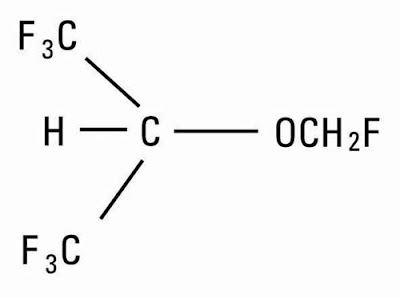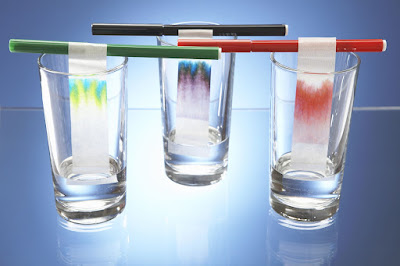Let’s See the Pigmentation Disorders Treatment
 |
| Pigmentation Disorders Treatment |
Pigmentation disorders encompass a range of medical conditions that
present with changes in skin coloring. Some pigmentation issues are simply
cosmetic concerns, while others are indications of underlying medical issues.
Regardless of the specific condition, treatment options exist to help manage
symptoms and improve appearance.
Causes of Pigmentation Disorders
Pigmentation changes can be caused by a variety of factors. Genetics often play
a role, as conditions like vitiligo and albinism are hereditary. Other causes
include sun exposure, hormones, medical conditions, and skin injuries or
infections. Sometimes pigmentation issues have no clear cause. Understanding
what contributes to the appearance changes is important for guiding treatment
plans.
Hyperpigmentation
Hyperpigmentation refers to darkening of the skin. It is one of the most common
types of pigmentation problems. Sun exposure is a frequent cause that leads to
solar lentigines or sunspots. The melanin pigment in skin gets overstimulated,
darkening areas that have been exposed. Pregnancy melasma (chloasma) affects
many women, causing brown patches on the face. Post-inflammatory
hyperpigmentation develops after acne, wounds, or other skin trauma. Medical
conditions such as diabetes or hypothyroidism can also trigger
hyperpigmentation.
Pigmentation
Disorders Treatment aims to
reduce excess melanin production. Lightening creams containing hydroquinone,
kojic acid, niacinamide, licorice extract, or azelaic acid help fade darkened
patches over several months with regular application. Lasers and intense pulsed
light (IPL) therapies precisely target pigment and accelerate clearing.
Chemical peels exfoliate layers of pigmented skin to reveal brighter skin underneath.
For melasma, daily sun protection and hormonal therapies are also key.
Combining options provides the best hyperpigmentation treatment results.
Hypopigmentation
Hypopigmentation occurs when skin lacks normal pigment levels, causing whitening
or light spots. Vitiligo causes loss of melanin from patches of skin due to
dysfunctions in melanocyte cells. The hypopigmented areas increase over time
and appear white when located in places like the face, hands, or arms. Tinea
versicolor is a common fungal infection that leads to whitish or light brown
spots on the upper trunk and back from deactivated melanocytes.
Post-inflammatory hypopigmentation develops after inflammatory lesions fade,
lacking normal pigment replenishment.
Treatment aims to stimulate repigmentation in affected areas. Topical
corticosteroid creams activate melanocytes to regain pigment function over
weeks to months. Topical immunomodulators such as tacrolimus or pimecrolimus
minimize furtherrepigmentation loss. Ultraviolet light (UV) therapy exposes
skin to safe doses that trigger melanocytes to darken hypopigmented patches.
Laser treatments may enhance pigment return in some cases. Oral medications
including antiviral or antifungal drugs address underlying causes in specific
conditions. Camouflage cosmetics can help conceal patches until natural
repigmentation occurs.
Striae
Striae, or stretch marks, appear as flat, depressed streaks on skin from rapid
stretching. They commonly form during puberty or pregnancy when skin stretches
at an accelerated rate. Striae develop when collagen and elastin fibers tearing
the dermal layer. Initially pink or purple colored, they eventually fade to
white scars. While not considered a true pigmentation disorder, their
appearance impacts body image.
Early intervention improves striae outcomes. Topical retinoids, vitamin C
serums, and shea butter can help maintain skin suppleness as stretch occurs.
Laser resurfacing stimulates new collagen after marks form to improve texture
and faintness over multiple sessions. Microneedling paired with growth factor
serums encourages collagen remodeling. Topical or oral vitamin A derivatives
aid collagen regeneration for revised marks. Laser treatments provide the most
noticeable lasting results but require patience as improvements unfold
gradually.
Get More Insights on this Topic- https://www.trendingwebwire.com/pigmentation-disorders-treatment-advances-and-new-therapies/



Comments
Post a Comment